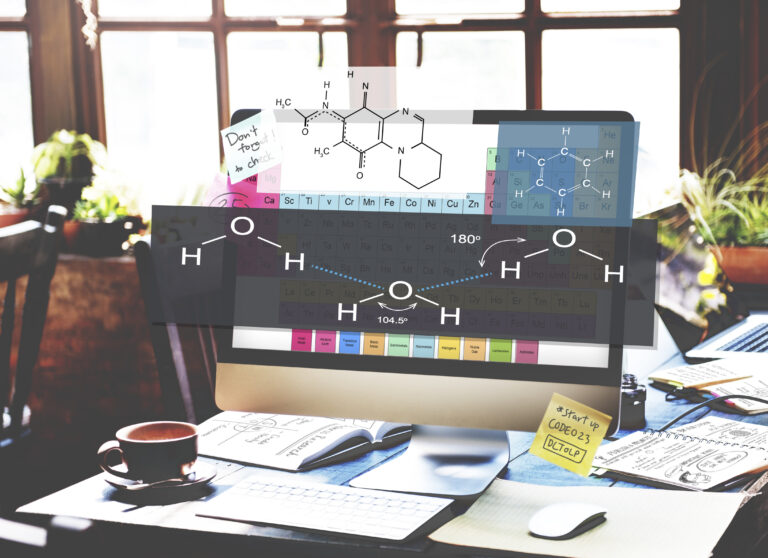Introduction
Organic chemistry is filled with fascinating reactions where small molecules interact to form entirely new compounds. One such expression that often appears in textbooks, research, or practice problems is HCOOCH + CH2 + H2O. At first glance, the formula may look cryptic, but it actually represents the interaction of a formate ester (HCOOCH), a methylene group (CH2), and water (H2O), which together can illustrate hydrolysis and substitution reactions. Understanding this reaction is important because it connects key principles of hydrolysis, ester chemistry, and functional group transformations, which are central topics in both academic studies and industrial applications. In this article, we will break down the meaning of this chemical expression, how the reaction works, what role water plays, and why studying it can help us grasp the bigger picture of organic transformations.
The Components of HCOOCH + CH2 + H2O
Before diving into the reaction mechanism, let’s carefully examine the components:
-
HCOOCH (Formate Ester): This refers to a derivative of formic acid, where the –OH group has been replaced with a –OCH group. Esters are highly reactive in the presence of water, acids, or bases, making them important functional groups for hydrolysis studies.
-
CH2 (Methylene Group): This simple carbon unit is often introduced in organic chemistry as a reactive fragment that participates in chain extensions or double-bond formations. It is a building block of many organic compounds.
-
H2O (Water): In nearly every organic reaction, water acts either as a solvent, a reactant in hydrolysis, or a byproduct. In the context of esters, water is essential for breaking bonds and converting esters back into acids and alcohols.
By combining these components, the reaction becomes a model for how esters can be hydrolyzed or transformed in the presence of reactive groups.
Reaction Mechanism: Hydrolysis and Transformation
When HCOOCH reacts with H2O, a hydrolysis reaction typically takes place. Hydrolysis means “splitting with water.” In the case of esters, this results in the formation of formic acid (HCOOH) and an alcohol. The presence of CH2 suggests an additional reactive unit, which may represent an intermediate step, such as insertion or rearrangement, depending on the reaction conditions.
The mechanism can be described step by step:
-
Nucleophilic Attack – Water (H2O) provides a hydroxide ion (–OH), which attacks the carbonyl carbon of the ester group (HCOOCH).
-
Intermediate Formation – This produces a tetrahedral intermediate, which is unstable.
-
Bond Cleavage – The –OCH group leaves, resulting in the regeneration of formic acid.
-
CH2 Role – If the CH2 group is present as a reactive intermediate, it can couple with other molecules or form part of a larger reaction chain.
This reaction not only demonstrates the reactivity of esters but also emphasizes the importance of water in organic chemistry, making it a cornerstone concept for students.
Applications of HCOOCH + CH2 + H2O Reactions
The principles illustrated by this reaction are not just academic—they have real-world implications:
-
Industrial Chemistry: Ester hydrolysis is used in making alcohols and acids, which are vital for perfumes, plastics, and solvents.
-
Pharmaceuticals: Many drug molecules are designed as esters that are later hydrolyzed in the body to release the active ingredient. Understanding the mechanism ensures effective drug design.
-
Biochemistry: Hydrolysis is central to biological systems, including the breakdown of fats, nucleic acids, and carbohydrates. The ester example is a simplified version of reactions that sustain life.
-
Education: For students, mastering this reaction builds a strong foundation in nucleophilic substitution, a key reaction type in organic chemistry.
Challenges and Misunderstandings
One common challenge students face is misinterpreting chemical shorthand like HCOOCH + CH2 + H2O. Without context, it can be unclear whether the CH2 represents a full compound (like CH2Cl2 or CH2O) or a reactive intermediate. Another misunderstanding arises with hydrolysis, where learners sometimes forget the role of catalysts (acidic or basic conditions) in speeding up the reaction. By carefully analyzing each component, it becomes easier to avoid confusion and connect the reaction to broader organic principles.
Conclusion
The chemical expression HCOOCH + CH2 + H2O may seem abstract at first, but it represents a fundamental set of ideas in organic chemistry: ester hydrolysis, the role of water, and the reactivity of carbon fragments. By unpacking the meaning of each part, we see how such reactions form the basis of countless transformations in nature, industry, and the lab. Whether you are a student looking to strengthen your knowledge, a researcher applying these reactions to new compounds, or simply a curious learner, this reaction showcases how even simple formulas carry deep chemical insight.
FAQ (Frequently Asked Questions)
Q1: What does HCOOCH + CH2 + H2O represent?
It represents a shorthand expression for an organic chemistry reaction involving a formate ester (HCOOCH), a methylene group (CH2), and water (H2O), often studied under hydrolysis mechanisms.
Q2: What happens when HCOOCH reacts with water?
When hydrolyzed, esters like HCOOCH produce formic acid (HCOOH) and alcohols. The reaction is accelerated in acidic or basic conditions.
Q3: What role does CH2 play in the reaction?
The CH2 group represents a reactive fragment, often involved in extending chains or forming intermediates in organic chemistry. Its exact role depends on reaction conditions.
Q4: Is this reaction relevant to real life?
Yes. Ester hydrolysis is key in pharmaceutical design, industrial synthesis of alcohols and acids, and biological metabolism of fats and molecules.
Q5: Why is hydrolysis so important in chemistry?
Because it is a universal mechanism that explains how complex molecules break down into simpler, useful ones. It is central to life processes and industrial chemistry.
